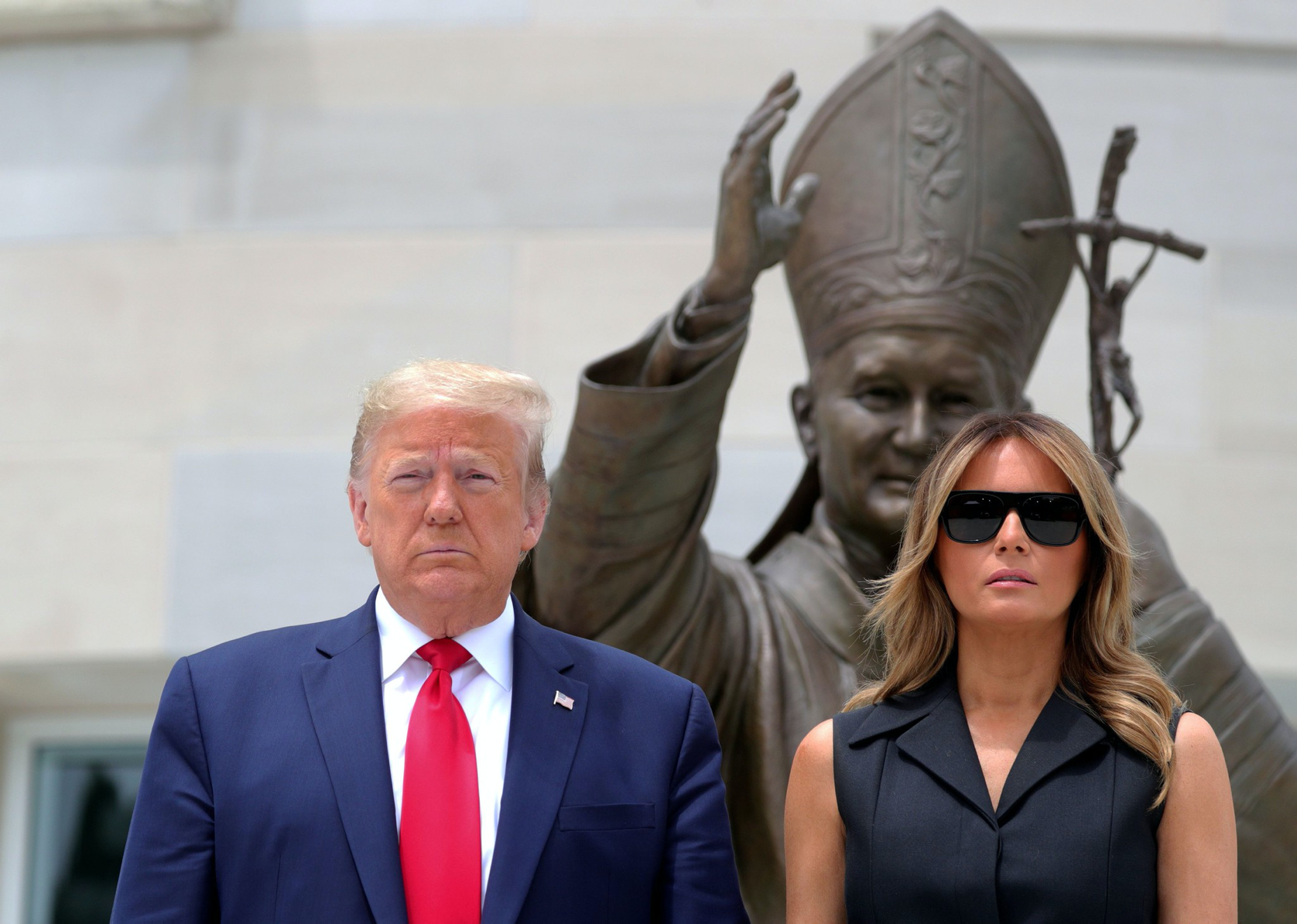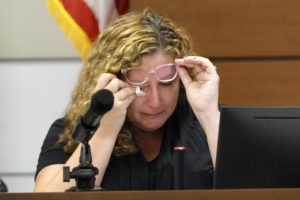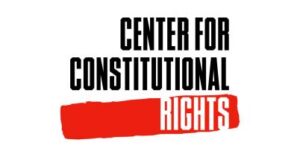Standing in front of the historic St. John’s Episcopal Church as the scent of a chemical irritant hung in the air, President Trump had no words to share Monday from the book in his right hand.
Instead, he posed silently for photos, holding a closed Bible slightly above his head as reporters shouted questions at him. The spectacle, which took place after authorities forcibly removed seemingly peaceful protesters from an area near the White House, highlighted Trump’s complex and at times openly transactional relationship with religion.
Trump, who rarely goes to church and has attended services at St. John’s only a handful of times since he became president in 2017, used the church as a backdrop for a photo op that critics say defies the faith he claims. The White House quickly released a video of the visit in the style of a campaign ad, and Trump’s allies praised him for standing up for faith a day after part of the 200-year-old church was set ablaze during protests.
But several religious leaders, including the Episcopal bishop of Washington, as well as Democrats and some Republicans voiced their dismay about the nakedly political optics of the president brandishing a Bible after threatening to deploy the military to crack down on protesters. Several have accused Trump of exploiting religion for political benefit while holding little if any personal allegiance to religious tenets.
“Let me be clear. This is revolting. The Bible is not a prop,” the Rev. James Martin, a Jesuit priest and author, wrote Monday on Twitter. “A church is not a photo op. Religion is not a political tool. And God is not a plaything.”
Trump’s visit Tuesday to a shrine honoring Pope John Paul II also drew a rebuke.
“I find it baffling and reprehensible that any Catholic facility would allow itself to be so egregiously misused and manipulated in a fashion that violates our religious principles, which call us to defend the rights of all people, even those with whom we might disagree,” Washington Archbishop Wilton Gregory said in a statement as Trump and first lady Melania Trump arrived at the St. John Paul II National Shrine in Northeast Washington.
The White House defended Trump’s decision to appear at religious institutions this week and pose for photos, invoking the name of George Floyd, the African American man whose killing last week in police custody set off the nationwide protests that continued Tuesday night.
“At a time when President Trump has called on all Americans to join him in prayer for the Floyd family and for our Nation, it’s cowardly and disgusting to question the President’s deeply-held faith or motives for paying his respects to one of our oldest and historic churches,” White House spokesman Judd Deere said in a statement. “President Trump believes in God, he believes in this country, and he believes in her people, and under his leadership we will come together and emerge stronger than before.”
Trump’s use of religion as a political asset has long been a critical part of his presidency, and the president has openly acknowledged the transactional nature of his appeal to Christians.
Trump regularly discusses his relationship with the evangelical community by talking about his poll numbers and political standing. He often describes how “the evangelicals” helped propel him to the presidency, and how he has returned the favor with judicial appointments, executive orders and other policies backed by many Christians.
Last month, Trump demanded that governors lift restrictions on churches “right now” and allow Sunday worshipers to gather in defiance of public health restrictions enacted to slow the spread of a deadly pandemic. Two days later, Trump hit the golf course instead of the pews that Sunday.
During the National Prayer Breakfast in February, Trump used his speech to make political attacks, mocking the faith of House Speaker Nancy Pelosi (D-Calif.) and Sen. Mitt Romney (R-Utah) after both voted to impeach him for abuse of power. Romney cited his Mormon faith as one reason for his vote.
Trump rarely discusses his personal relationship with God, and he has said he can’t remember ever asking for forgiveness — a core part of biblical teaching. Asked for his favorite Bible verse during the 2016 campaign, Trump mentioned the part of scripture that refers to “an eye for an eye,” an Old Testament instruction for revenge that was rejected by Jesus’s call for humility, forgiveness and love toward enemies.
The president does not belong to any Washington church, and he only rarely attends services — usually around holidays such as Christmas or Easter.
For some Christians, Trump’s unorthodox approach to faith is not a cause for concern. Others look past Trump’s personal behavior to praise his policies, ranging from the appointment of two conservatives to the Supreme Court to executive orders aimed at restricting access to abortion and expanding what the president refers to as “religious freedom.” His foreign policy also has been cheered by these supporters, particularly his policies toward Israel. Trump also regularly welcomes evangelical leaders to the White House and has been photographed submitting to prayer — something that some evangelicals point to as a sign of his devotion.
Polls show that white evangelical Christians strongly back Trump, and his supporters were quick to defend him Tuesday. The Rev. Franklin Graham, an evangelist who is one of Trump’s most vocal religious supporters, defended the president’s visit to St. John’s, saying politicians take photo ops all the time.
The most popular and interesting stories of the day to keep you in the know. In your inbox, every day.
“That’s his backyard,” he said of St. John’s, which is within walking distance of the White House. “He has any right to walk there anytime he wants. I was glad to see him stand in front of that church and hold up the word of God.”
Graham said the president should not have had to notify clergy that he was planning to visit the church, but he could call them in to visit with them or go out and pray with them at a later time. He said people are looking for reasons to tear Trump apart when the unrest is the fault of governors and mayors who have lost control of their cities.
Samuel Rodriguez, a nationally known Hispanic evangelical leader who is part of a core dozen evangelical leaders who have been advising the president, said it was good to see the president holding the Bible “like a boss.”
“I see Donald Trump going, ‘You all dare to burn a church behind the White House. How dare you? Let me show you something,’ ” he said.
However, Rodriguez expressed hesitation with how the area might have been cleared for the president’s visit to the church. “I hope peaceful protesters were not moved away with tear-gassing,” he said.
The White House did not respond to a request for comment. Some administration officials sought to distance Trump from the decision by authorities to use aggressive force to clear the park of protesters minutes before the president’s stroll. The U.S. Park Police, which participated in the actions against protesters, said Tuesday in a statement that its officers were responding to violent provocations even though the crowds by the church appeared to be demonstrating peacefully.
Some Republican elected officials spoke out against Trump’s use of St. John’s as a backdrop for photos just minutes after protesters were set upon by federal authorities.
“I’m against clearing out a peaceful protest for a photo op that treats the Word of God as a political prop,” Sen. Ben Sasse (R-Neb.) said Tuesday in a statement.
Sen. James Lankford (R-Okla.), who previously directed a youth ministry, said he didn’t object to Trump’s trip to the church — but questioned the timing of the visit.
“The whole appearance at that time, at that moment — right before curfew, everyone knew there were going to be protesters in that area — I thought was the wrong timing for that message,” Lankford said.
Some of Trump’s supporters also said his visit to the St. John Paul II National Shrine did not adequately meet the moment.
Raymond Arroyo, lead anchor and managing editor of EWTN, the global Catholic network, said Trump’s visit to the shrine was an attempt to align himself with the anti-communist stance of John Paul II. However, he said, it was a missed opportunity, because the president did not make any comments and no cameras were allowed inside the shrine.
“I wish the White House would’ve used this opportunity to invoke his wisdom. The dignity of the human person was John Paul’s specialty,” he said.
Arroyo said politicians make gestures to the faith community all the time, noting that presumptive Democratic presidential nominee Joe Biden visited a church Tuesday.
“I see a lot of sniping over Bibles being carried and people daring to go to shrines,” he said. “We’ve got to stop politicizing faith. It is certainly a factor, but it should not be a new battlefield. It’s a meeting ground.”
Democrats have also criticized Trump by highlighting the contrast between his actions and the Christian faith.
“The president held up the Bible at St. John’s Church yesterday. I just wish he opened it once in a while, instead of brandishing it,” former vice president Joe Biden said during a speech on race Tuesday in Philadelphia.
The Rev. William J. Barber II, a civil rights leader and president of the Repairers of the Breach activist group, said Trump’s visit to St. John’s was “hypocritical” and “a blatant misuse of power,” citing Bible verses that he said directly contradict the president’s approach to matters of faith. Trump, Barber said, was using faith for partisan ends.
“He fanned the flames of extremism, and now he wants to claim that he’s the one to put it out,” he said. “He is trying to expand his base.”
John Wagner, Seung Min Kim and Paul Kane contributed to this report.




